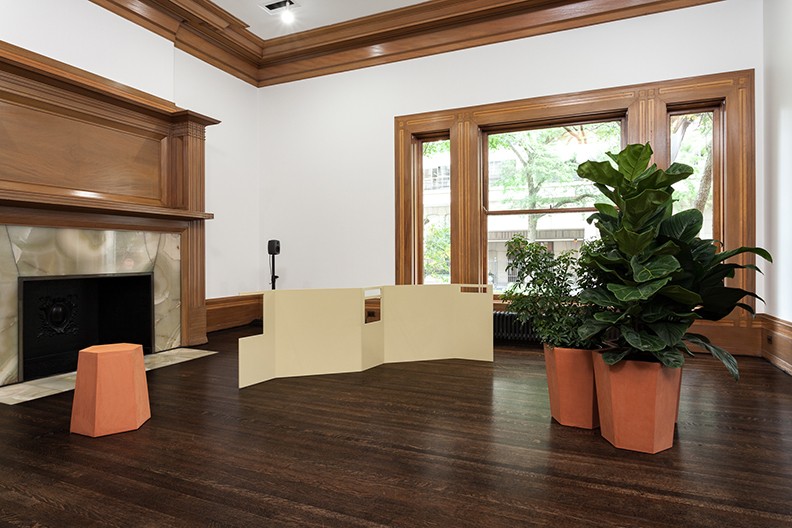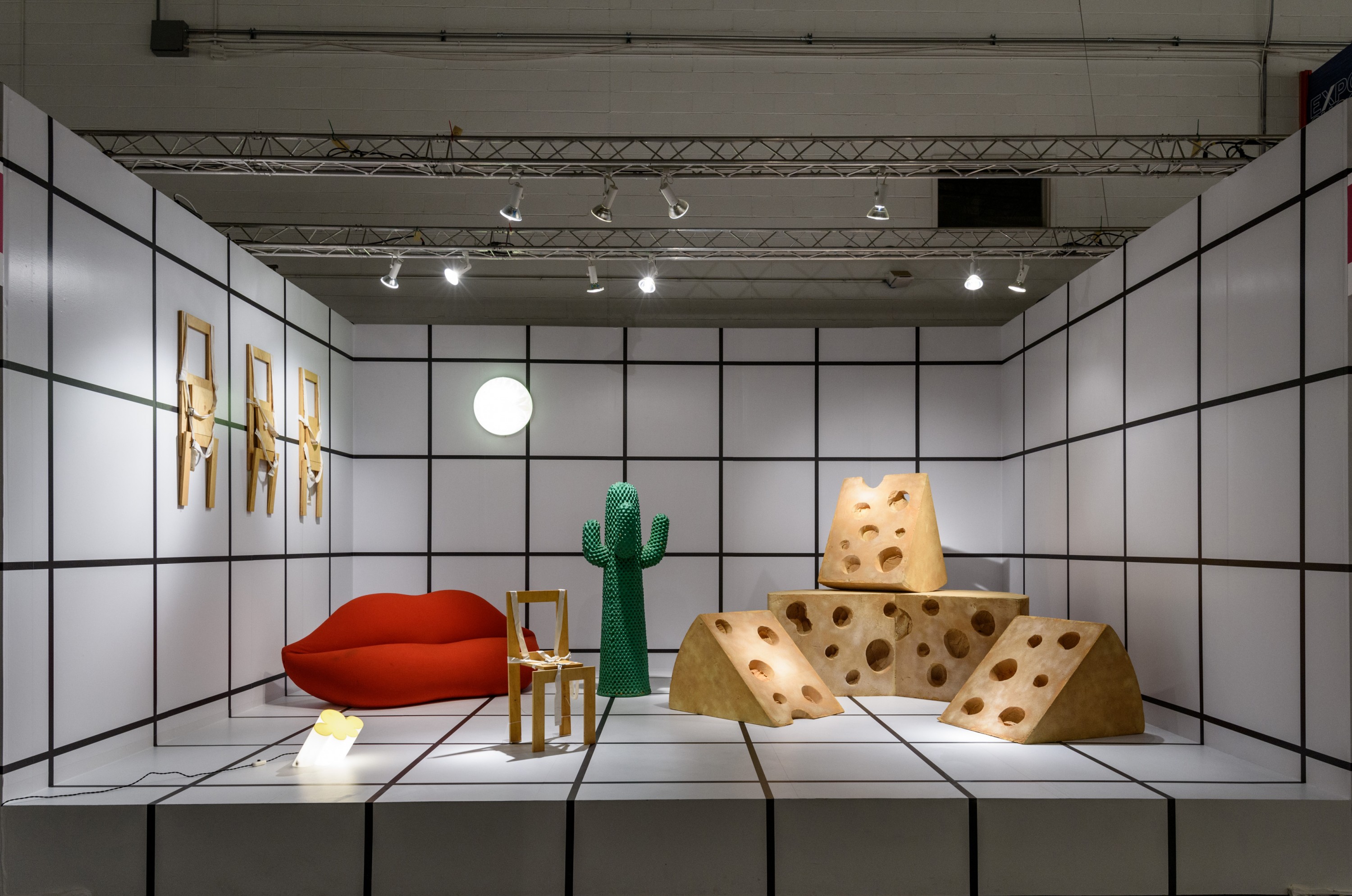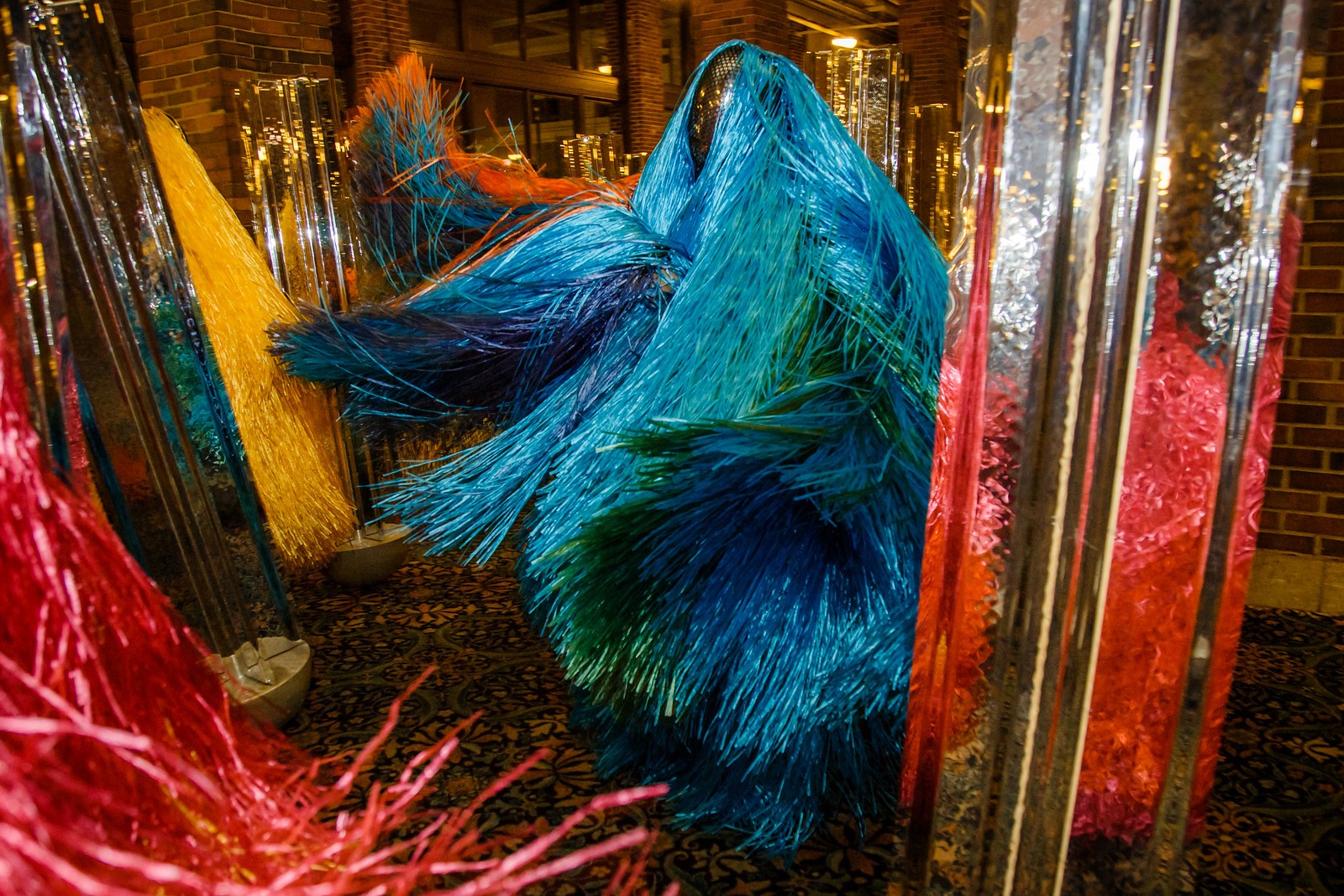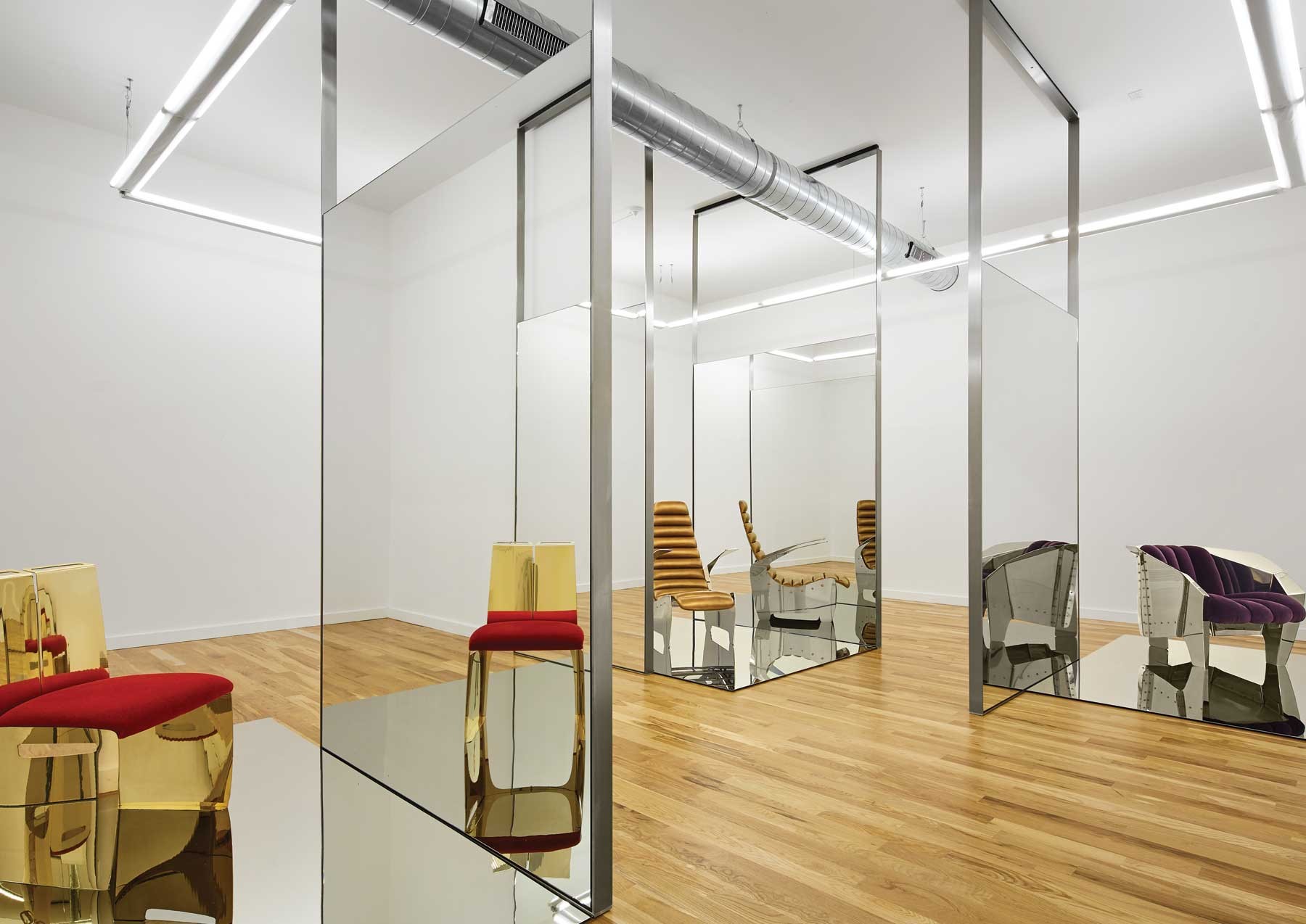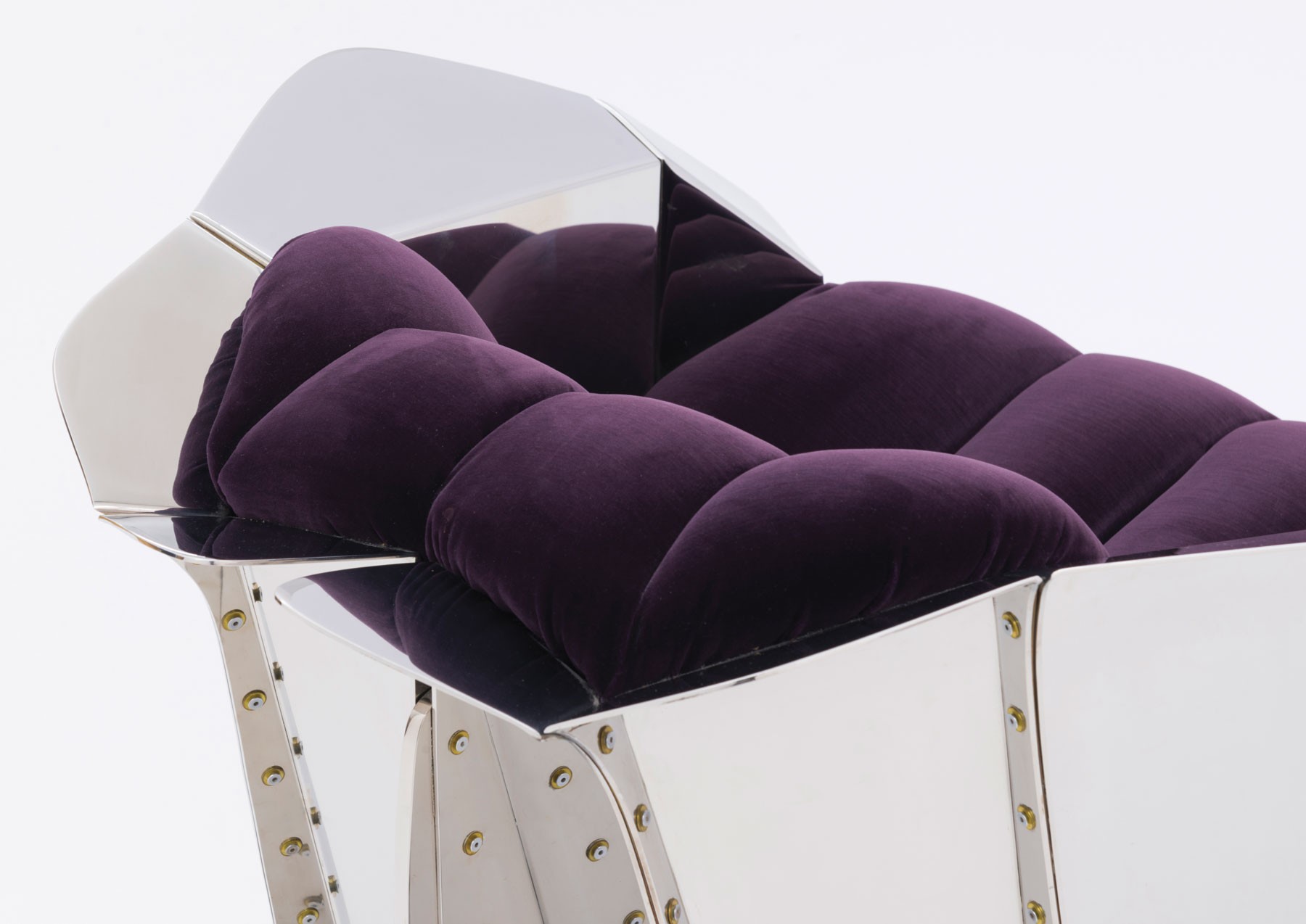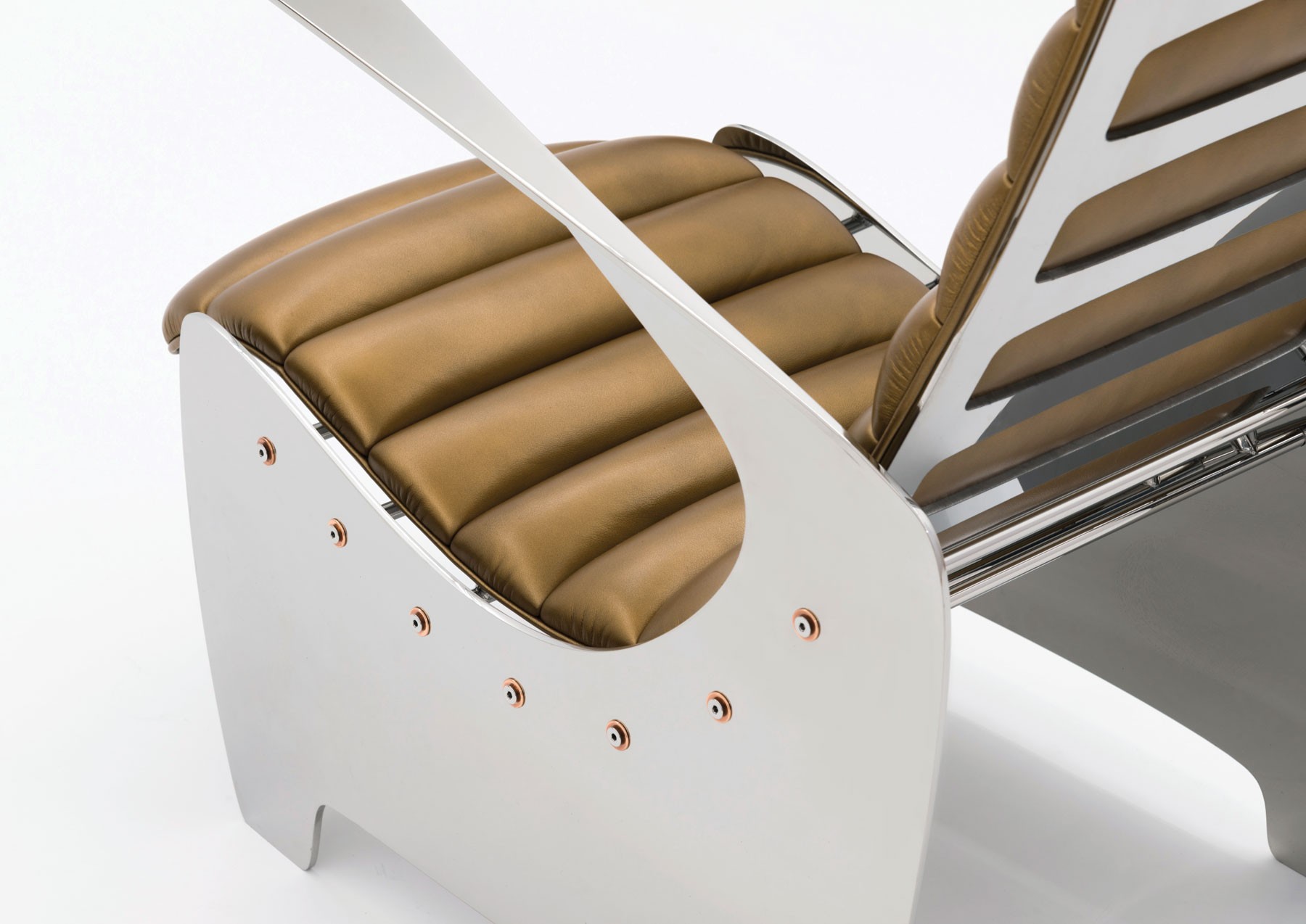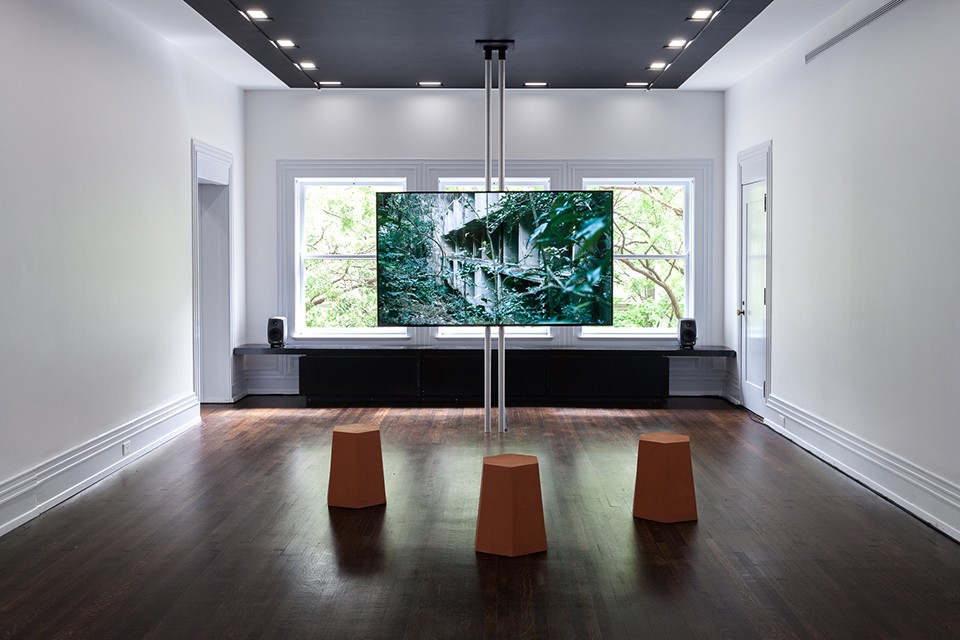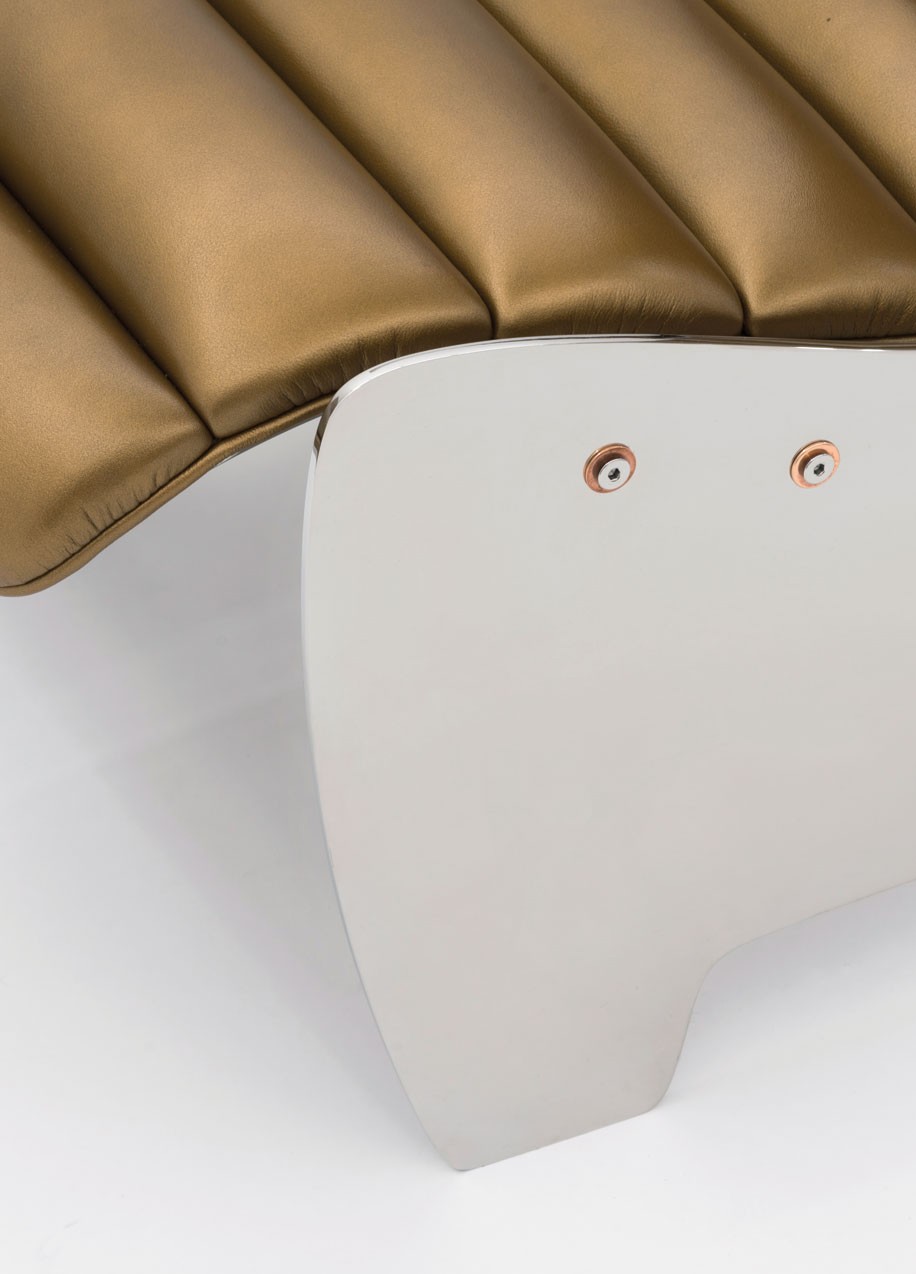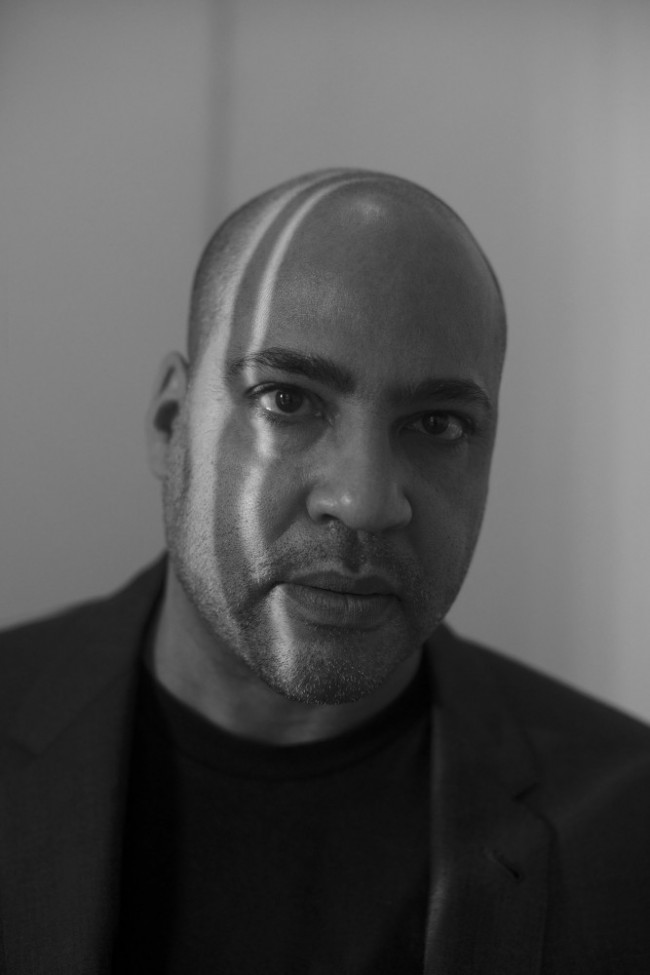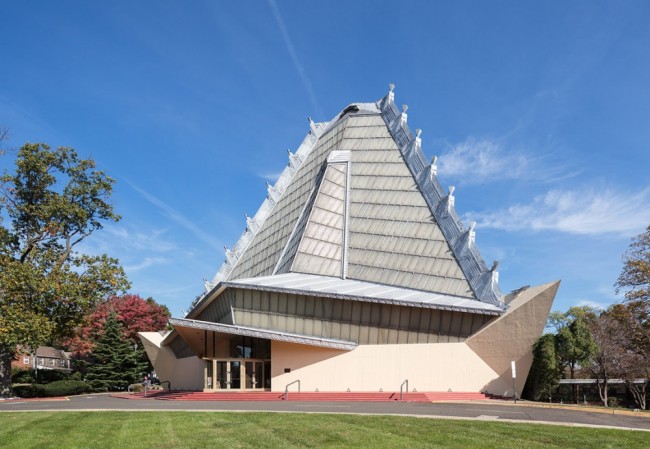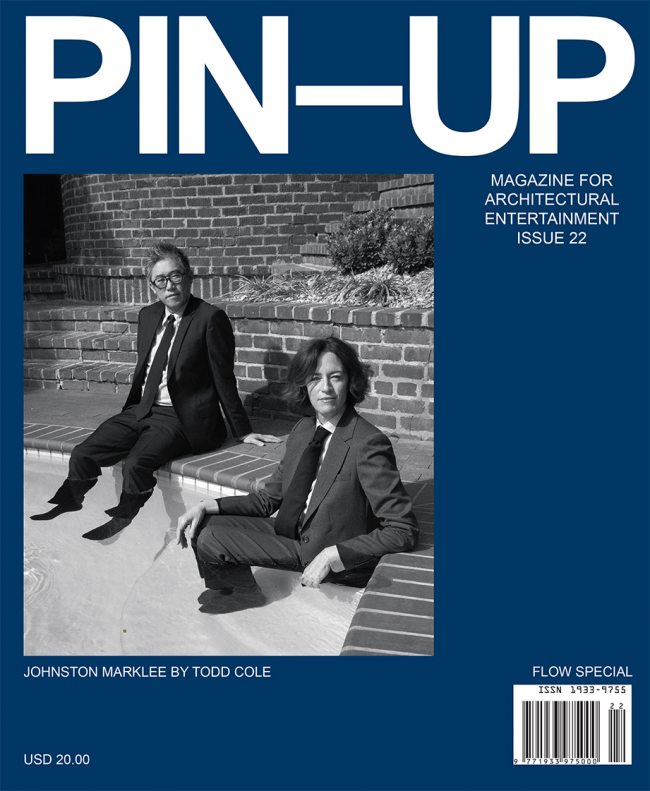FAIR REVIEW: RECENT IMPRESSIONS FROM CHICAGO
When Claude Lévi-Strauss published Tristes Tropiques in 1955, the anthropologist and ethnologist opened his memoir with the biting sentiment, “Travel and travellers are two things I loathe,” chastising the hunt for the exotic despite his own lifelong pursuit. His unease developed from witnessing the swelling tourism industry simultaneously shrink and flatten the world, making everywhere seem smaller and similar.
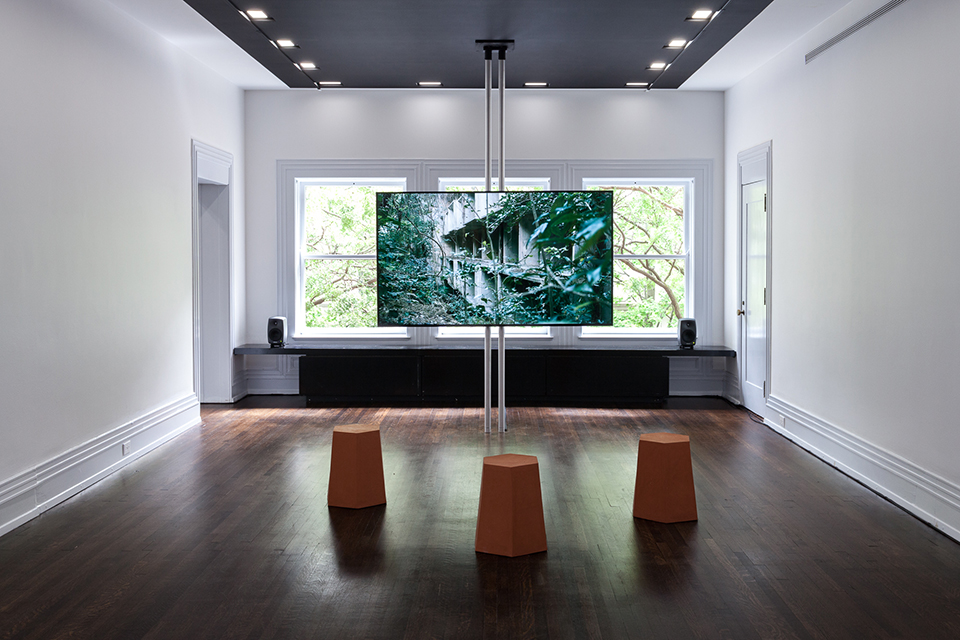
View of David Hartt: in the forest, 2017, Graham Foundation, Chicago. Photographed by RCH.
This quest made for some generous and surprising exchanges over the past century, including architect Moshe Safdie’s Habitat Puerto Rico, his 1968 planned community of affordable housing for working families in the Bosque Urbano de San Patricio. The semi-realized living experiment was obstructed by its own modernist principles: Buildings were to be made from stacked, prefabricated concrete modules that had to be transportable to the site by truck or barge. Habitat’s specifications led to a tangle of budgetary and political halts, but its remains are still in the urban forests of Puerto Rico. These remnants are the subject of David Hartt’s in the forest, an exhibition featuring a video shot on the original grounds and satellite locations for Habitat Puerto Rico, commissioned and on view at the Graham Foundation’s Madlener House, accompanied by documentary photographs, a score of ambient jungle sounds, geometric metal sculptures, and potted tropical plants (click here to read a text on the project by the artist himself). The lush, verdant lingering tracking shots of the 20-minute film, titled after a chapter of Tristes Tropiques, follows not only the area’s latent shelter, but the wilderness’s relentless strength to regenerate, regardless of concrete intrusion. The horrific damage hurricane Maria caused to Puerto Rico’s infrastructure and national psyche only a week after the show’s opening — not to mention the years of rebuilding it will take the debt-ridden island to recover — adds a chilling poignancy to Hartt’s work.
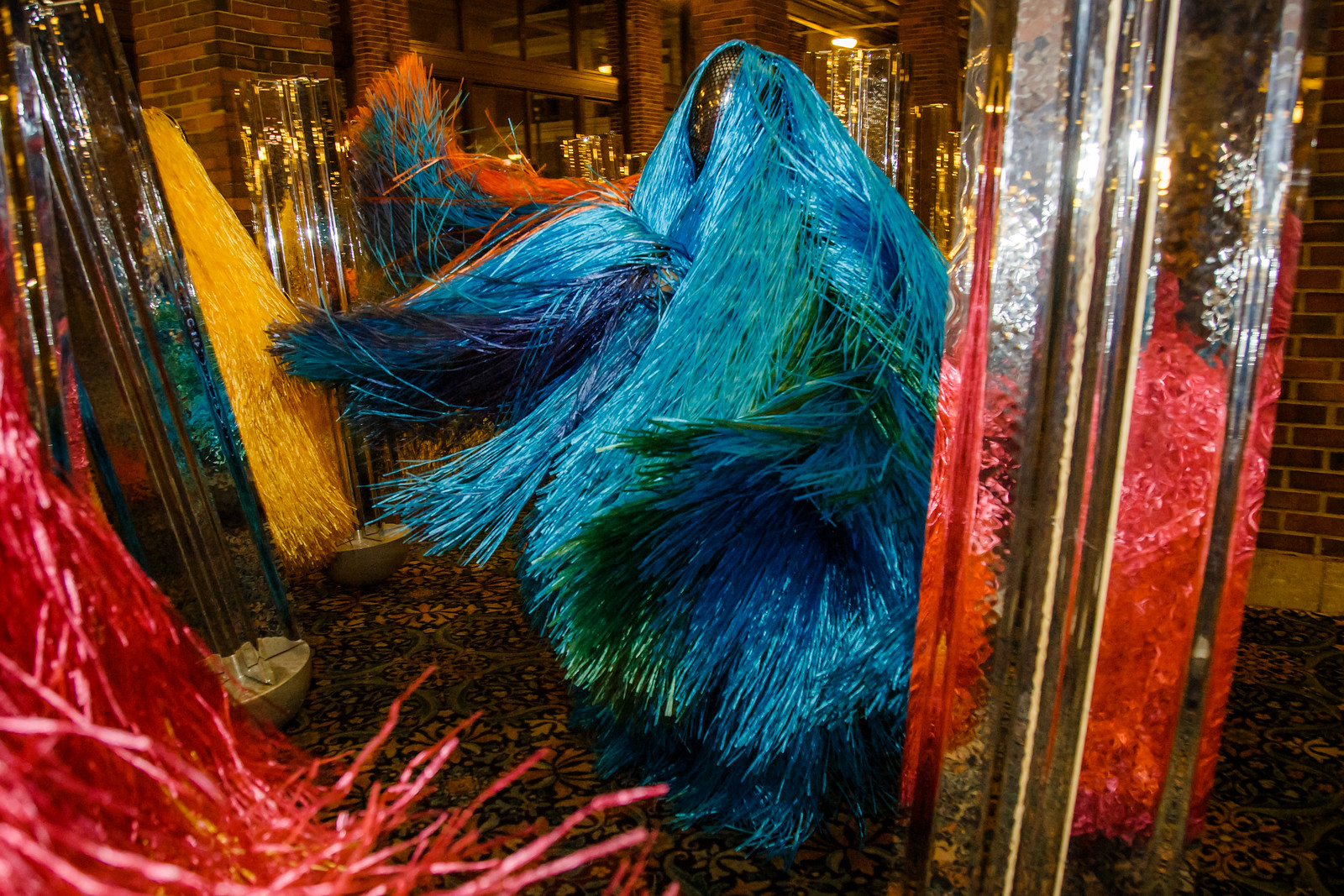
Up Right Chicago, a performance by artist Nick Cave during EXPO Chicago 2017. Photographed by James Richards IV.
Other threads of dislocation and curiosities were also on display in Chicago in mid-September, marking the synchronized openings for both the the sixth edition of EXPO CHICAGO, the international art fair taking over the city’s monumental Navy Pier, as well as the second Chicago Architecture Biennial. Both were brought in with the familiar parties, vernissages, and previews. In addition to Singing Stones, the Palais de Tokyo’s immense off-site exhibition of divergent artists and practices hosted in the DuSable Museum of African American History’s mid-renovation Roundhouse, EXPO presented its most international fair to date, with highlights including Yvette Mayorga’s HIGH MAINTENANCE (Art After Nov. 8, 2016), an immersive room ornately decorated in shades of candy pink-hued handmade high heels, Nikes, Birkin bags, and Jeeps in a distorted Candy Land — incorporating images of violence and invasion in the pursuit of the American Dream — for the Chicago Artists Coalition booth; Berlin-based Peres's Projects with a series by painter Beth Letain; the Paris/Los Angeles gallery Praz-Delavallade with an installation by Amanda Ross-Ho; New York-based R & Company’s cactus by Guido Drocco and Studio 65’s luscious red pout resting over graphic surfaces, foreshadowing the gallery’s November show on radical Italian design; Standard (Oslo); and Chicago’s own Corbett vs. Dempsey and DOCUMENT. Closing out the opening night of EXPO, Nick Cave’s Up Right Chicago was a dazzling, hour-long dance with a flock of enigmatic, kaleidoscopic figures dressed in the artist’s SOUNDSUITS — wild combinations of neon-hued pelts; tassels; dream catchers; slivers of delicate, patterned fabrics; and netting — sashayed and drifted along to a live orchestra in between crinkly buoys dressed in sails of silver Mylar that bounced back and forth, made in collaboration with local architect Jeanne Gang. The artist described the enrapturing performance in the Aon Grand Ballroom as a rite of getting oneself ready to “face the forces that stand in the way of selfhood.” A riveting entrance for a frenzied stage.

Reflections – From There to Here, an exhibition of furniture design by Chicago-based architecture firm Krueck+Sexton at Volume Gallery, Chicago.
Last but not least, over in Chicago West Town district design gallery Volume presented Reflections – From There to Here a small exhibition by architects Ron Krueck and Mark Sexton of Krueck + Sexton Architects. The presentation included a selection of exuberant lounge chairs and fauteuils made from polished steel, metallic leather, and mohair velvet, and which were originally commissioned for private Chicago homes in the 1980s, one of architects’ first jobs. The individual pieces were staged in futuristic yet timeless environment of disorienting mirror panels, also designed by Krueck+Sexton. Sam Vinz, who co-owns Volume with Claire Warner, considers the chairs, “equally works of architecture and minimalist sculpture: radical in form and material, thirty years later they still push the boundaries of Modernist tradition in Chicago and beyond.” Unlike the rest of EXPO, Reflections will remain on view until October 28.
Text by Jennifer Piejko.
Look out for a separate review of the Chicago Architecture Biennial in the coming days.

